The State Council, China's cabinet, on Tuesday issued an overall plan for building a pilot free trade zone (FTZ) in Northwest China's Xinjiang Uygur Autonomous Region. The plan aims to make the Xinjiang region a model in the high-quality development of China's central and western regions, better serve the construction of the Belt and Road Initiative (BRI) core area, facilitate its role as a bridgehead for westward opening-up, and make a positive contribution to the joint building of a China-Central Asia community of a shared future.
Observers said that the plan, with its extensive focus on comprehensive opening-up - ranging from trade, finance, culture and education to talent and tech cooperation - has unprecedented significance for the development of Xinjiang and its accelerated economic integration with Central Asia, with a radiation effect set to spill over across the Asian economies.
As the marvelous development of the China-proposed BRI has shaped Xinjiang into a core area of the Silk Road Economic Belt, it is also envisioned that the plan will usher in a new chapter of regional connectivity and global high-quality cooperation under the BRI, analysts said.
The blueprint is also a vivid display of how the region could tap into its development potential with the central government's support, which observers said provides fresh evidence defying Western smears and malicious crackdowns.
According to the plan, the FTZ will have a total area of 179.66 square kilometers, covering three areas in the regional capital of Urumqi, Kashi prefecture and Horgos - all of which are important nodes for China-Europe freight trains, a flagship BRI project that is deemed as an Asia-Europe "golden passage".
The city of Horgos is also home to the China-Kazakhstan International Cooperation Center, China's first cross-border FTZ.
The three areas are intended to have different roles, and they will be given greater autonomy in reform. After three to five years of implementation, the pilot area will be built into a high-standard, high-quality free trade park with an excellent business environment, convenient access for investment and trade, an agglomeration of advantageous industries, and an outstanding radiation effect.
The Urumqi area, based on its geographic advantage, will focus on developing global trade, modern logistics, advanced manufacturing, textiles and clothes as well as new emerging industries like bio-pharmaceuticals, new energy and new materials. It is also set to become an important platform for exchanges and cooperation with neighboring countries including those in Central Asia.
The Kashi area will develop an export-oriented economy, and develop labor-intensive industries such as intensive processing of agricultural and sideline products, textile and clothing manufacturing, and electronic product assembly. It will be developed into a processing and assembly base that connects with Central Asian and South Asian markets.
Horgos is set to leverage its edge as an international cooperation center to develop modern services industries such as cross-border logistics, travel and financial services, and make itself a model in cross-border trade and investment cooperation, the plan said.
As Xinjiang sits at China's westernmost frontier bordering eight countries - Mongolia, Russia, Kazakhstan, Kyrgyzstan, Tajikistan, Afghanistan, Pakistan and India - the plan carries strategic significance in boosting economic and trade integration between Xinjiang and Central Asia, a veteran economist Tian Yun told the Global Times on Tuesday.
"To the south, it will connect the supply chain of Xinjiang to eastern coastal areas, and prompt more high-tech industry chains in the eastern area to relocate to Xinjiang," Tian said. "To the north, it will link Xinjiang with Central Asia and West Asia, unleashing prodigious regional economic benefits."
In the first eight months of 2023, Xinjiang's foreign trade surged by 51.2 percent year-on-year to 219.19 billion yuan ($30 billion).
Its trade with five Central Asian countries grew by 59.1 percent to 176.64 billion yuan, accounting for 80.6 percent of the region's total value, customs data showed.
Industry insiders said the construction of the pilot FTZ in Xinjiang will fuel exports of local competitive industries such as agricultural products and minerals.
Ding Zhijun, an official from the Urumqi Economic and Technological Development Zone, told the Global Times that the main items exported from the Xinjiang region typically include ketchup, agricultural products, textiles, chemical raw materials, equipment and machinery.
In the near future, authorities at the International Land Port in Urumqi plan to set up a textile trading center within the port to facilitate trade of clothes and other textile products, according to Ding.
As this year marks the 10th anniversary of the BRI, the plan also gives the free trade area a more pivotal role in promoting BRI global cooperation. The area will be encouraged to carry out cross-border yuan trade settlements with BRI partner countries in sectors including bulk commodity trade and overseas project contracting.
"The plan will inject new impetus into the development of Xinjiang. A vigorous Xinjiang economy, with great potential to be released, will serve as the best evidence debunking Western hype and smears," Tian said.









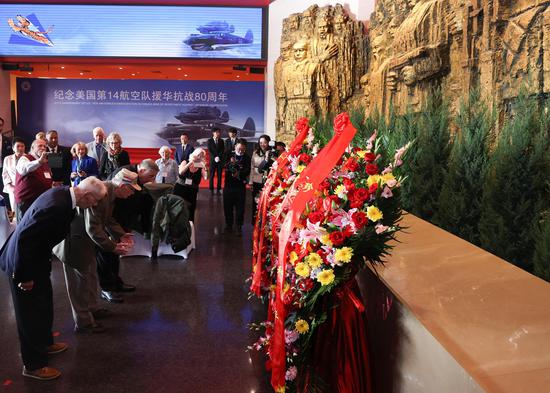
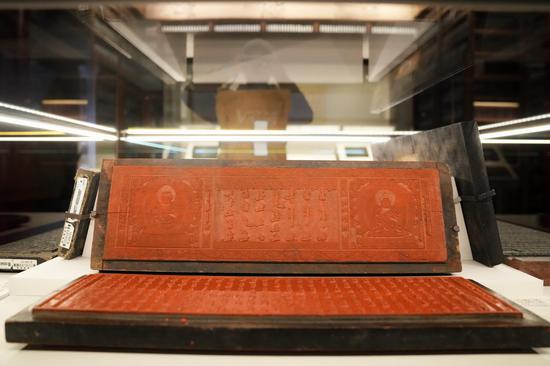

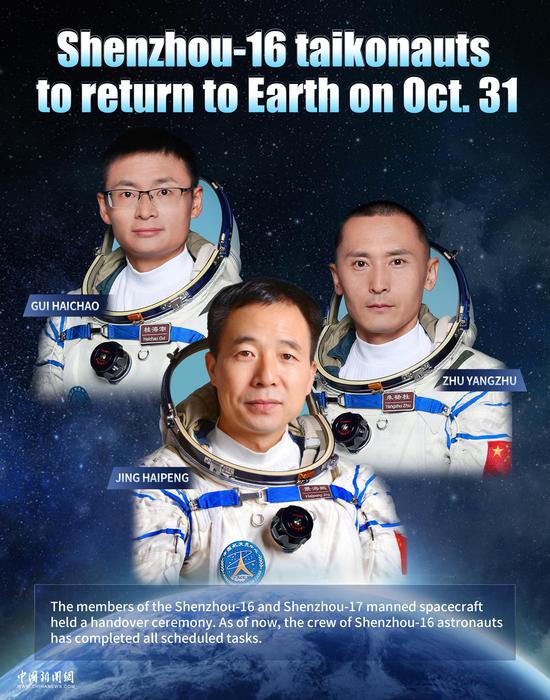


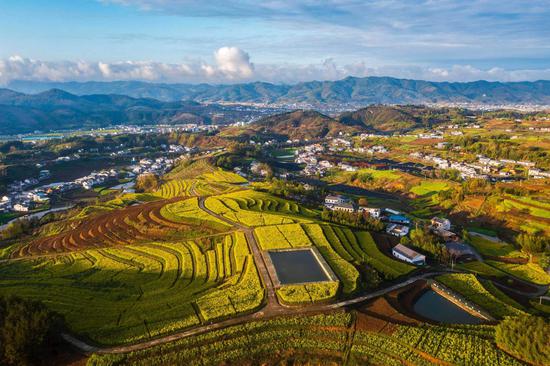



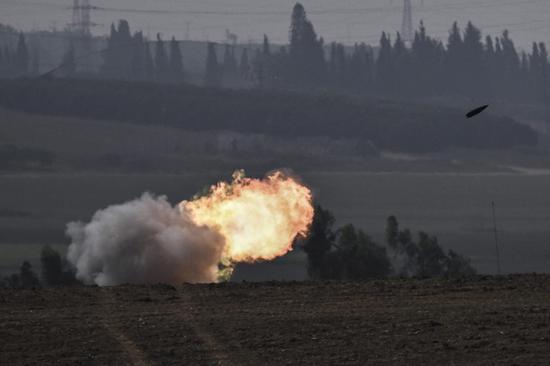



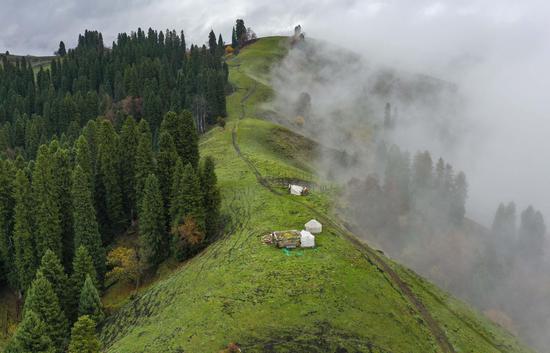
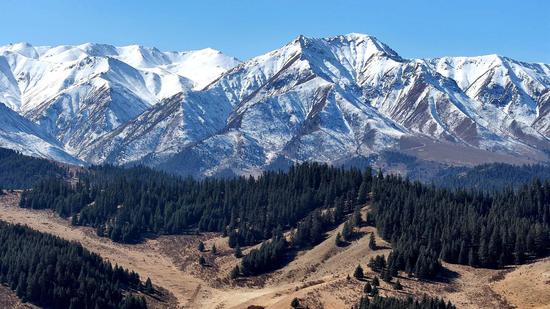



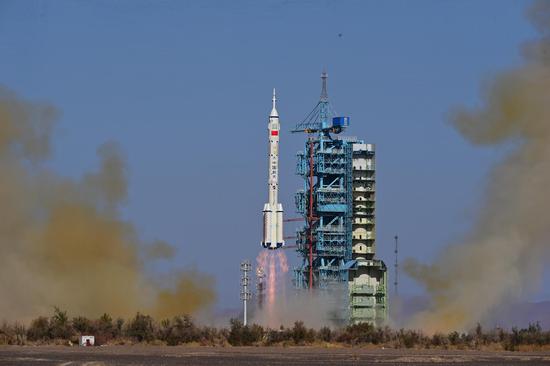
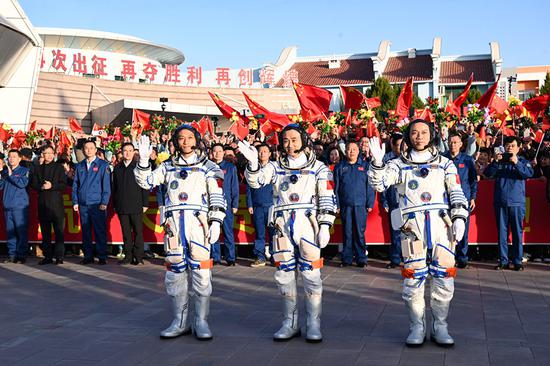
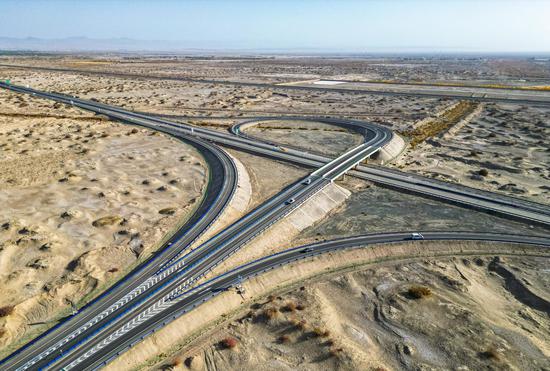



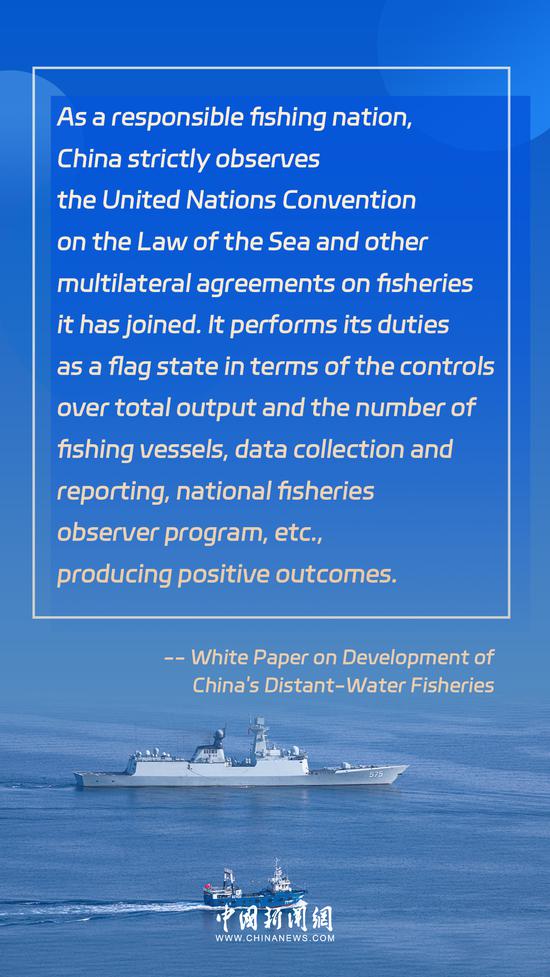

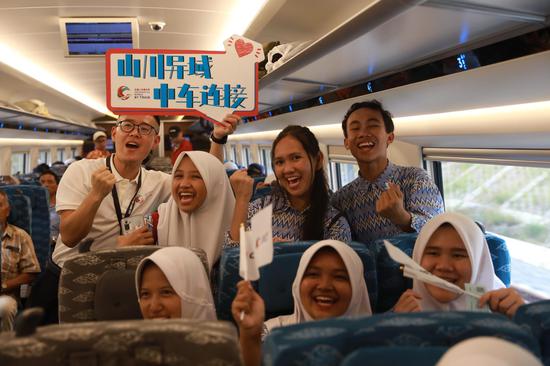


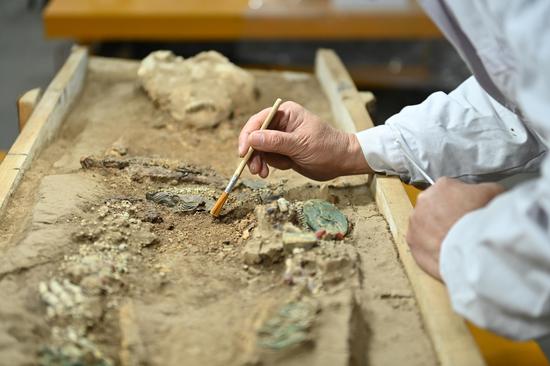
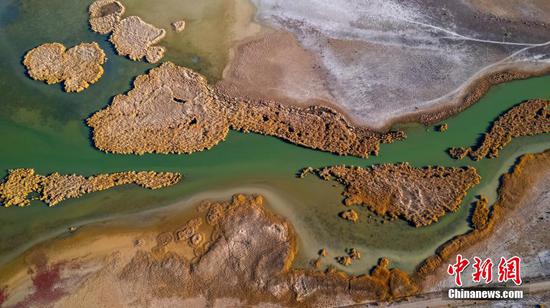
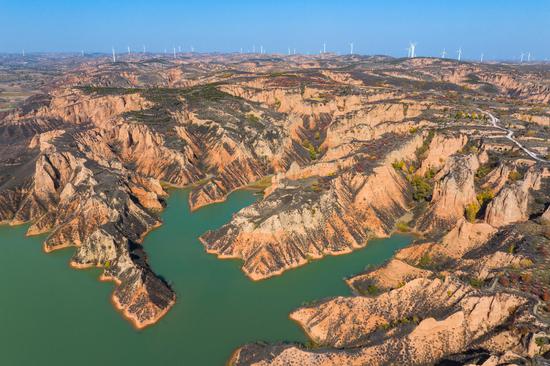

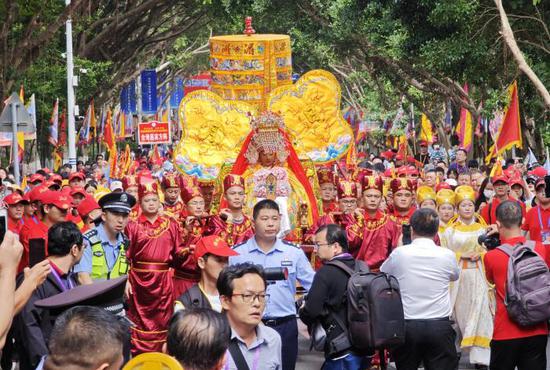
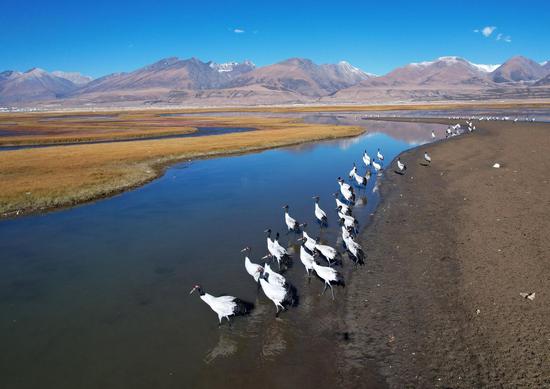



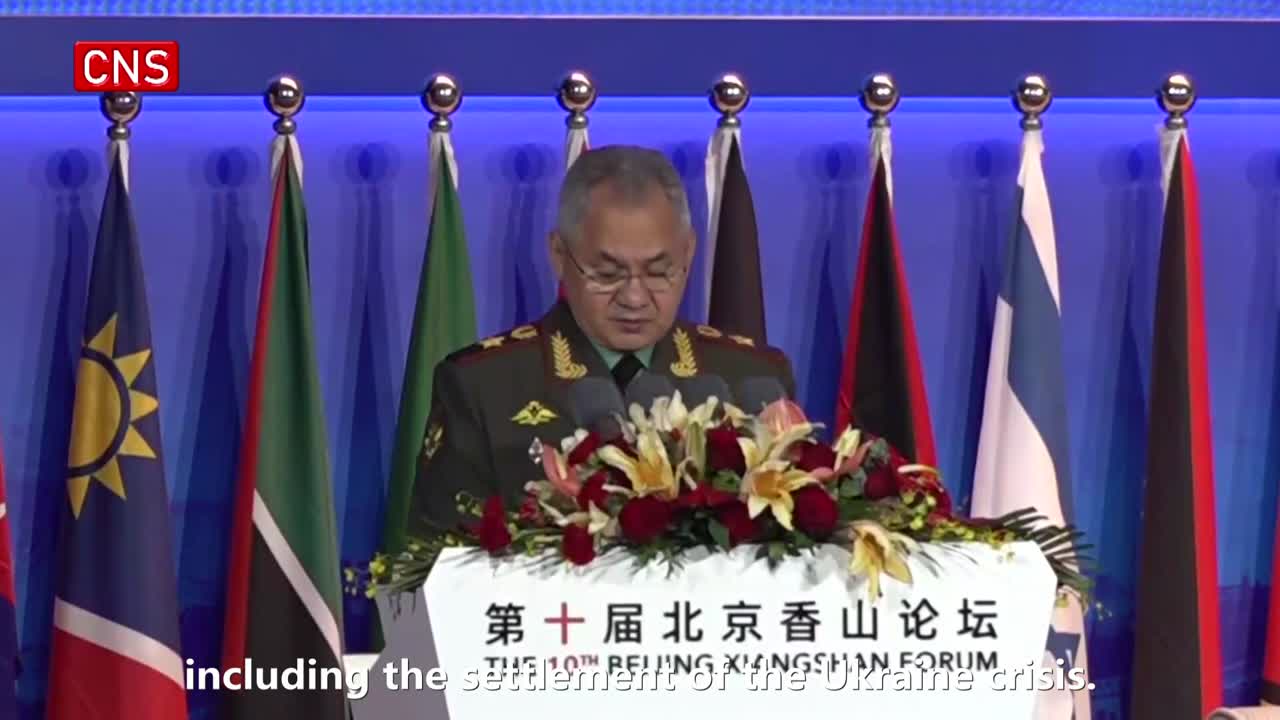

 京公网安备 11010202009201号
京公网安备 11010202009201号